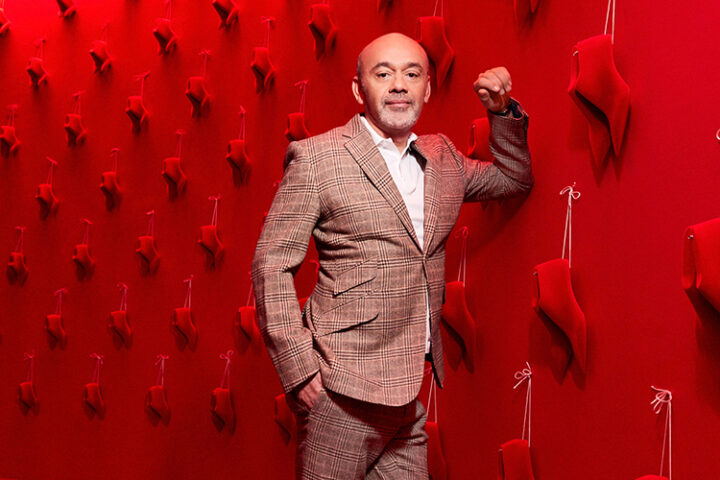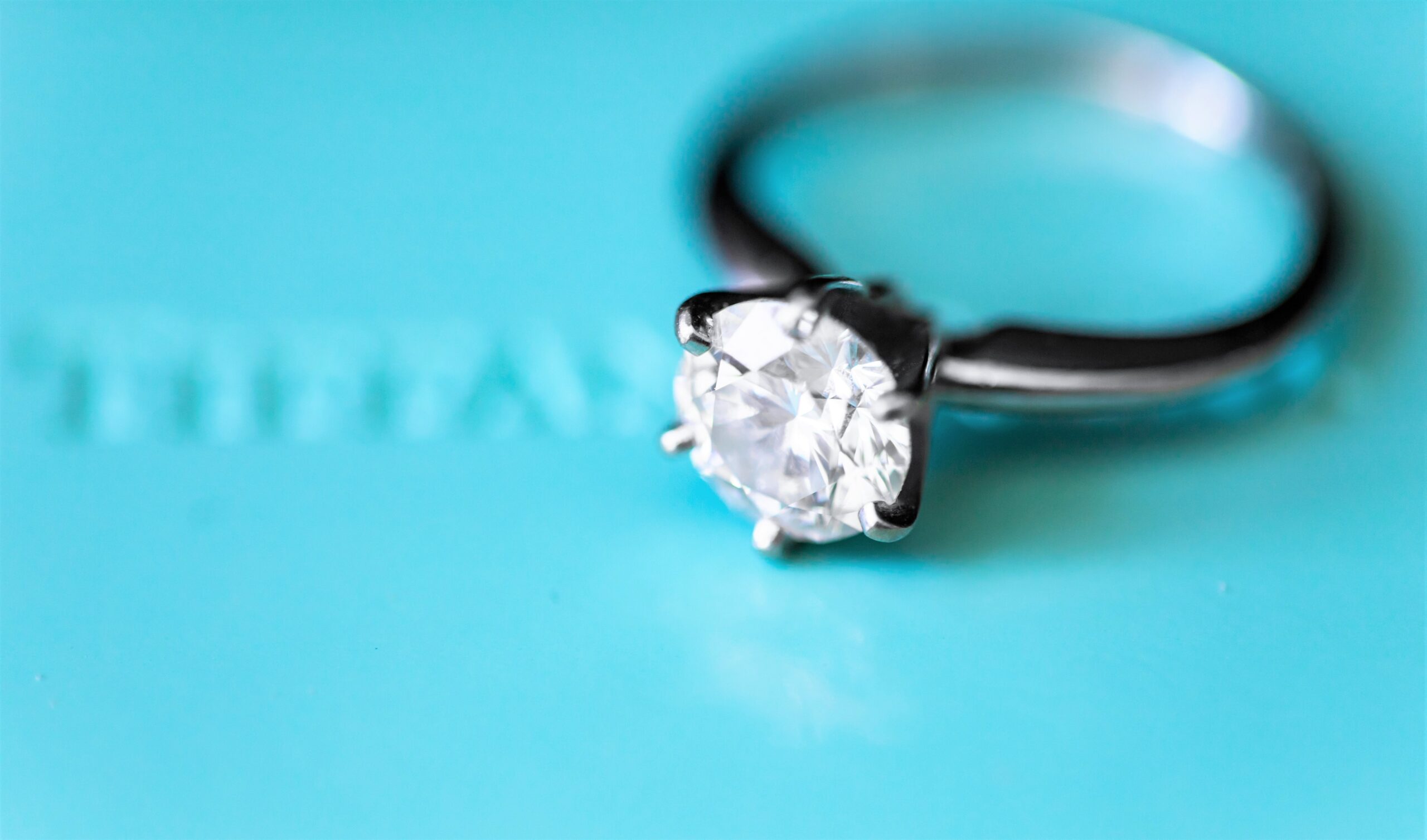“In difficult times, fashion is always outrageous.” —Elsa Schiaparelli
Fashion is a tool that has been used time and again to portray power, style, and most importantly the individuality of a person. Fashion isn’t just the new trend, or the celeb style or the designer clothes, it’s more like a substance used by people, time immemorial to find themselves in those clothing, to develop their very own style and taste, and to embrace their originality, and personalities.
But Fashion is also so much more than individualism. It amalgamates our culture and represents where we come from. It helps in showing what (Triplett, 2020) we stand for and even aids us in holding high our faiths and values, like hijab, turbans, burqa, even cuffs which are now worn as fashion accessories. So, Fashion is also used as an expression, and honestly, everyone regardless of their gender or sexuality should have the right to choose their way of expression.
The fashion of any country is the very essence of the presence of what is and what has been, of modernity and mentality, and most of all, of the homely figures. Exploring the social and political realm, it can narrate a story of the evolution of garments, fabric, and designs. India’s neighbor, Afghanistan had a vigorous and vibrant fashion in the 60s and captured the essence and beauty of its time.
Showcasing how the dynamic and free society was back then, this article sets forth an ex post facto world to put on the table, the hidden gem, that is, Afghanistan’s lost glory through its fashion.
Fashion timeline of Afghanistan through the ages
Afghanistan has been mostly known for wars, oppression, and rigidness in accepting modernism and freshness. But there was a time when Afghanistan slowly and gradually began to embrace a more progressive and unorthodox society that was also inclusive of women. The time was before the Soviet Union invasion and the birth of the Taliban that the war brought and eventually it became the Afghanistan we see today. But at that time, women had substantially more rights and freedom than they do now, a time when wearing a Burqa was almost made optional, almost made a “choice”. A time when women were studying in schools and colleges, a time when they were starting to be economically active. But these times were before the war of 1979 when the Soviets took over the nation.
In 1964, the new constitution brought in modern democracy which allowed women to vote and granted them equal rights, and freedom of speech, etc. The second era of intense reform happened in the late 1970s when the PDPA started working for the equal rights of women and the minimum age of marriage for girls was raised. During this era, women were employed in significant numbers in universities, private corporations, airlines, and as doctors and nurses as seen in the pictures. (Ahmed-Ghosh, 2003).
The ’60s allowed Afghani women to pursue professional careers, practice design, and marketing, and share their hopes and dreams and the world.
There was once a time when Kabul was known as the “Paris of Central Asia.”
Here are some of the images which give us an insight into fashion and life before the war.
In Image: Captured in 1962 Women working in the press.

Image – glamourdaze.com
Fashion in pre-war Afghanistan
Between the 1950s and 1970s, Afghanistan experienced a now-unimaginable period of stability, democratic reform, and liberalism. The country’s fashion reflected this era: old photos show women out on the streets in short skirts, chic scarves, and beehive hairdos. The Afghani goat-skin coat became fashionable around the world and some of the country’s young style icons were even featured in a 1969 issue of Vogue.
- Female students at a Polytechnical University in Kabul in the mid-1970s

Image – glamourdaze.com
- Miniskirts were worn by 1960s Afghan students

Image – glamourdaze.com
- Women attending a fashion show in Kabul – 1966

Image – glamourdaze.com
- When Hijab and mini skirt went together; in the image is Safia Tarzi, a young fashion designer from Kabul.

Image – bloglovin.com
As whispers of their captivating designs journeyed from the Silk Route across the world, celebrity designers imitated the styles and even had them printed on the pages of Vogue. Safia Tarzi, a budding fashion designer from Kabul, was featured in Vogue as one of the capital’s “bright young things”. This fashion boost even benefited the country’s economy. (John, 2021)
“As a girl, I remember my mother wearing miniskirts and taking us to the cinema. My aunt went to university in Kabul,” said Horia Mosadiq, as she recalled her days from the 1960s, during Afghanistan’s liberation. Looking back to Afghanistan, whose roots were of roaring culture, ever-growing art, and above all, unparalleled fashion has all taken a mile step backward through the war years, invasion and religious uprising, binding the minds of people with retrogressive thoughts and social decrees.
After years of war, young designers tried to put Afghanistan back in the fashion game
Things took a turn when war hit the grounds of Afghanistan, and since then it is only going downhill. The country has only known cataclysmic violence and social regression. Even after years of repression, Afghani labels are being trying to put the country back on the fashion map, blending the vivid patterns of traditional clothing with the new ideas of the upcoming generation, but it hasn’t done many good too, as criticism and restrictions never left the air.
Fashion in 2021 Afghanistan
Post-Taliban Invasion
Two decades of progress brought to a halt

Photo – WAQIL KOSHAR/AFP
A Taliban official walks past a beauty salon with images of women defaced using spray paint in the Shar-e-Naw area of Kabul on Aug. 18 (Kohsar)
Reportedly, The Taliban are beating young Afghans for wearing Western clothes. A group of young Afghan men claim Taliban fighters beat, whipped, and threatened them at gunpoint for wearing jeans and other Western-style clothes in Kabul, says the Telegraph.
Meanwhile, the sale and price of Burqa has doubled in Kabul as demand towered in the wake of the Taliban takeover. Taliban officials have vowed to respect “women’s rights” despite their dreadful track record of allowing women and girls basic freedoms.
The freedom of expression which I talked about at the beginning of my article, has been taken away. There is no means left for the women of Afghanistan to portray their voices, their fears, and their helplessness.
The right to choose what we wear is a personal choice and is a basic human right that has been snatched time and again from the people of Afghanistan. Fashion and clothing in Afghanistan have always been influenced by the type of govt. and the changing political regimes and their consequences rather than the changing fashion trends.
The status of women has repeatedly been used as a means of securing and maintaining power by various armed groups. They have been put through rigorous restrictions in the name of religion and culture as an instrument of consolidating their power and legitimacy. This repression of women symbolizes not only their vulnerability but also their helplessness.
As the whole world is moving towards modernism and has evolved every bit of its style and fashion, Afghanistan has successfully done the opposite.
Therefore, it’s safe to say, Fashion in Afghanistan is as lost as their freedom. It is devolving with a rapid pace, just like their democracy, just like their rights, just like their fate and their uncertainty. My statement is supported by these images below which depict the irony of development and evolution.
Before and After

Image – Pinterest
A women rebel fighter in Afghanistan, 1980s and the stance of women in 2021
Then and now

Source: Getty Images
“The day the power of love overrules the love of power, the world will know peace.”
― Mahatma Gandhi
References:
- Chirali Sharma, in pics: Afghanistan Fashion Before the Soviet Union Invasion Was Extremely Modern and Free, Edtimes (June. 26, 2021), https://edtimes.in/in-pics-afghanistan-fashion-before-the-soviet-invasion-was-extremely-modern-and-free/
- Maria Thomas, After years of war, young designers are trying to put Afghanistan back on the fashion map, Scroll.in (August. 28, 2021), https://scroll.in/article/860685/after-years-of-war-young-designers-are-trying-to-put-afghanistan-back-on-the-fashion-map















